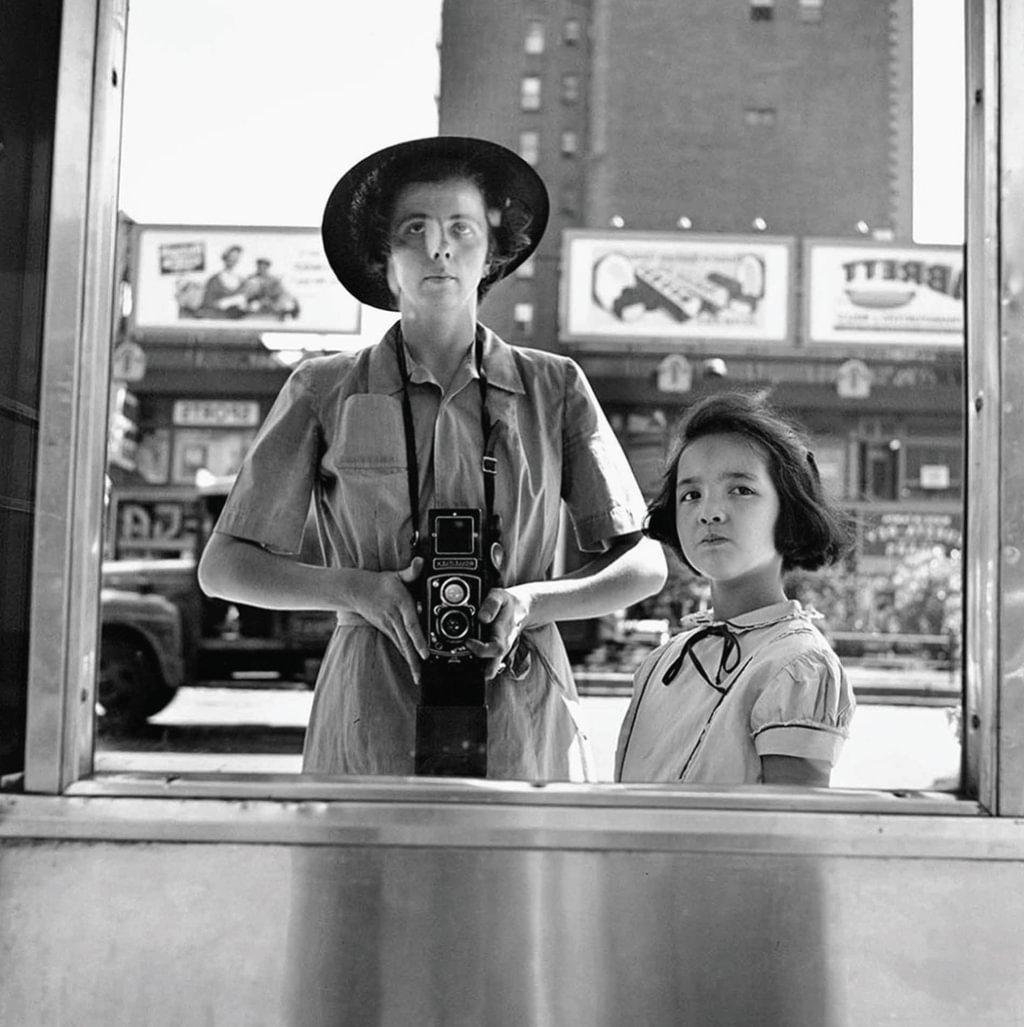
From A to B: Tales of Modern Motoring (photo by Martin Parr, director Nicholas Barker, 1994)

Self-portrait by Vivian Maier.
COURTESY THE MALOOF COLLECTION / IFC FILMS
Boy in Frame by James Natchwey
COURTESY OF ICARUS FILMSPHOTOGRAPHS BY THEIR NATURE can be viewed quickly, or dwelled upon for a while, but inevitably we must move on. Our time frame for the image is set by us. A subconscious inner clock decides when enough is enough. There’s no rhythm or reason, just a feeling that another photograph is required to be scrutinized. Photography documentaries, however, take over our inner clock of how, when, and in what environment we will see images. By surrendering our decision regarding duration, we also allow our opinion of the work to be swayed because the filmmaker will decide the context of our gaze, subtly suggesting the importance of what we are viewing.
I can still recall my early obsession with photography and how all-consuming it quickly became. Then I discovered that people made films dissecting this world of image makers whose work I would stare at and study. I wondered: Does that help? I desperately wanted the static print to divulge more information than it was clearly willing to impart.
What makes photography so powerful is the minimal amount of evidence it shows, allowing the viewer to create their own quite different narratives. This can also bring along its own set of issues. If you were to study the image for long enough, like learning a foreign language, you can decipher some, or part, of a meaning that is there. But what will that be—and is it, in fact,




